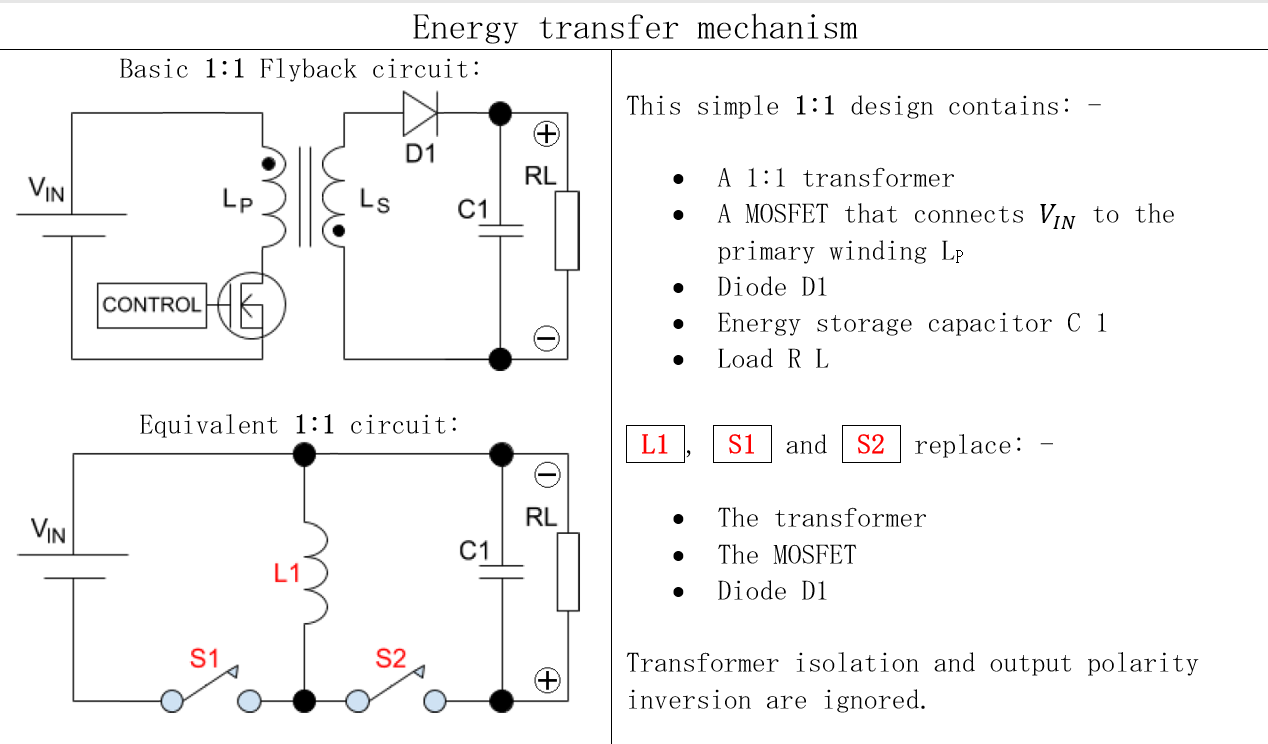Electron can not flow on the primary and not on the secondary at the same time. Otherwise, any transformer with no load on the secondary would have a strong current on the primary and burn.
Incorrect. All transformers take a moderate primary current (called the magnetization current) in order to produce an alternating flux that, in turn, induces the secondary voltage. This has nothing to do with load currents and is EVERYTHING to do with how flyback transformers work. It is this current that represents the energy stored in the core and, when the primary is disconnected, it is the same current (modified by the turns ratio) that flows into the capacitor and load via the diode.
*Regarding the secondary diode which is said to "block" the current while the primary is on, it clearly shows that the electrons can flow
- because conventional current is the opposite of electron flow. Electrons are indeed charging the capacitor. When the primary is switched off, then the electrons are blocked by the diode and have only one way to flow: to the load.*
The diode blocks for sure and it can only be your analysis that is at fault. I don't know how to explain this in simpler terms other than you are mistaken in your analysis.
Am I completely wrong or what?
I'm afraid you are.
All comments welcome. Thanks a lot.
Given the disputed operation of a flyback converter in the comments, I'm adding a simple schematic of one for further discussion and clarification: -

